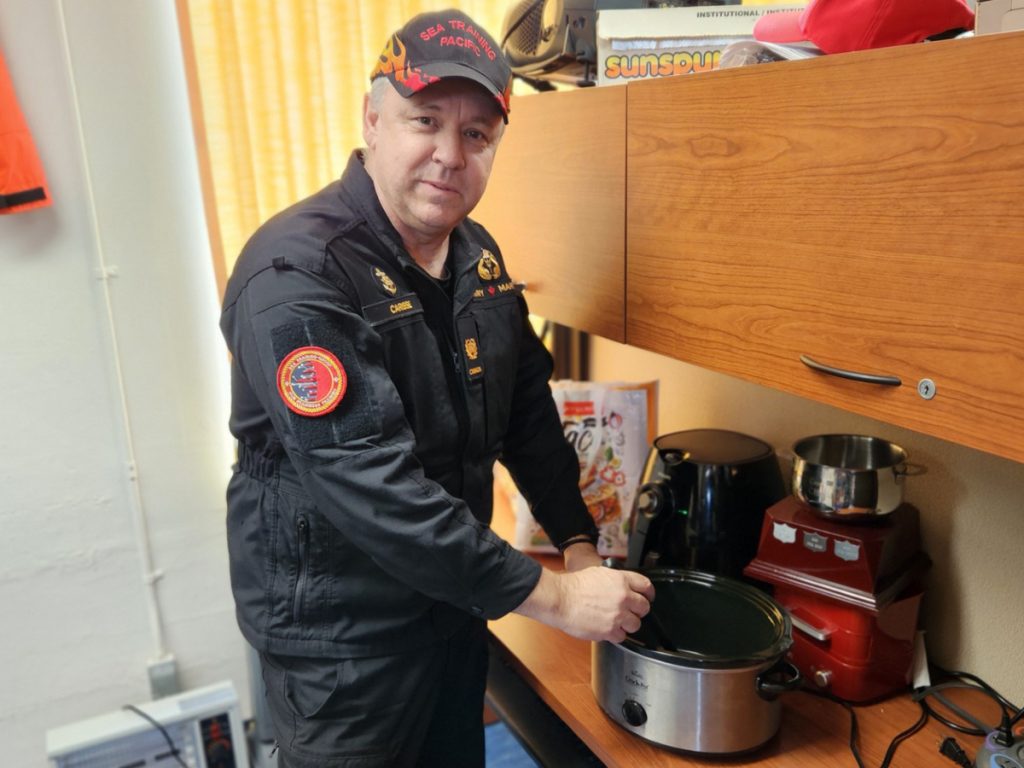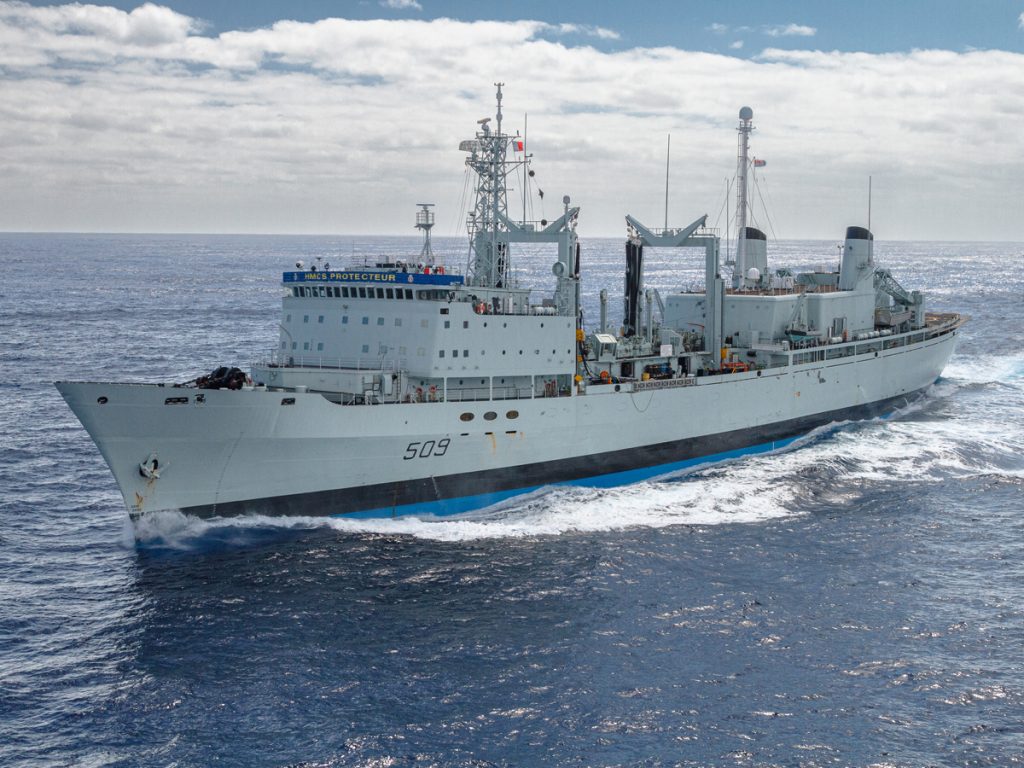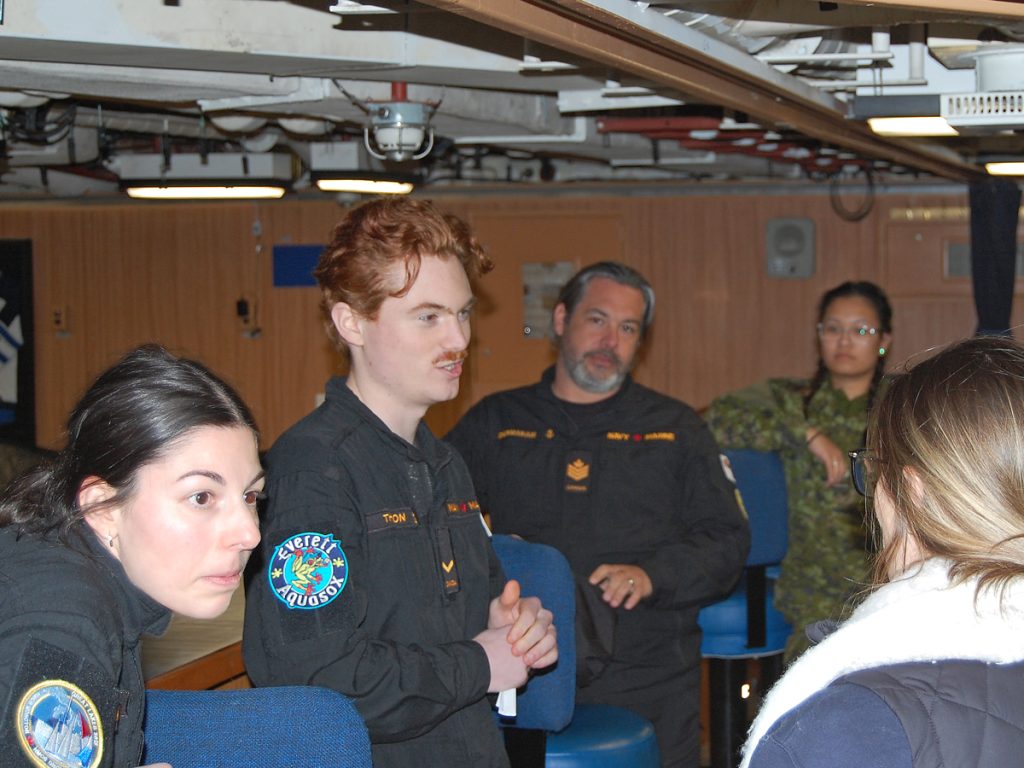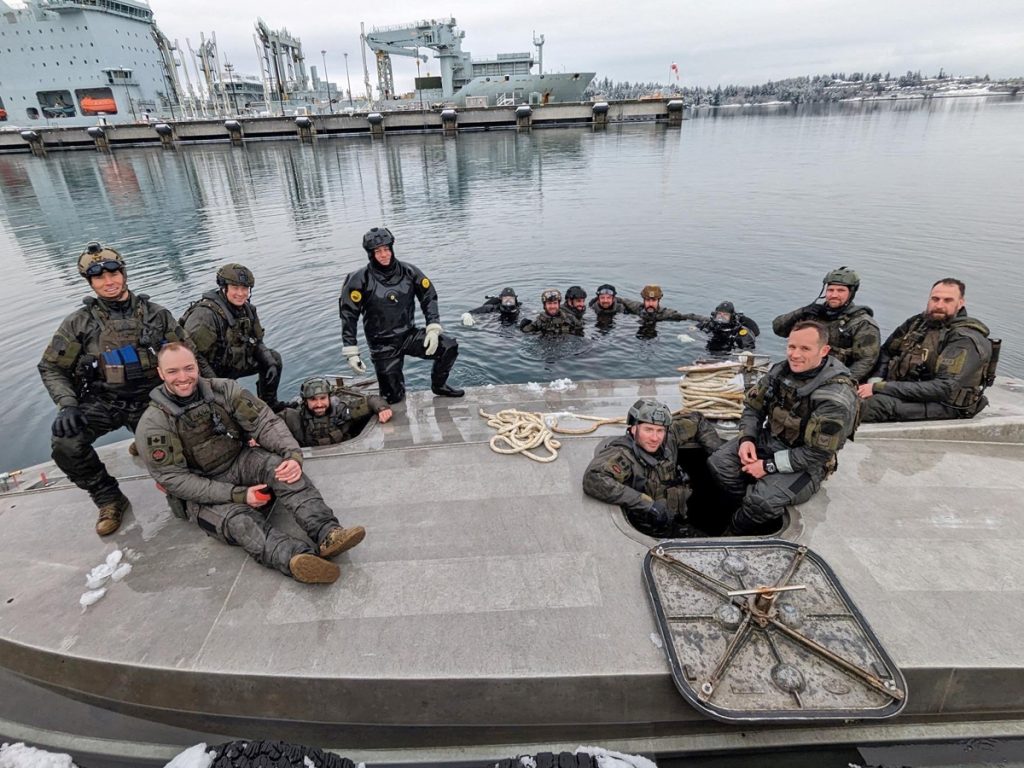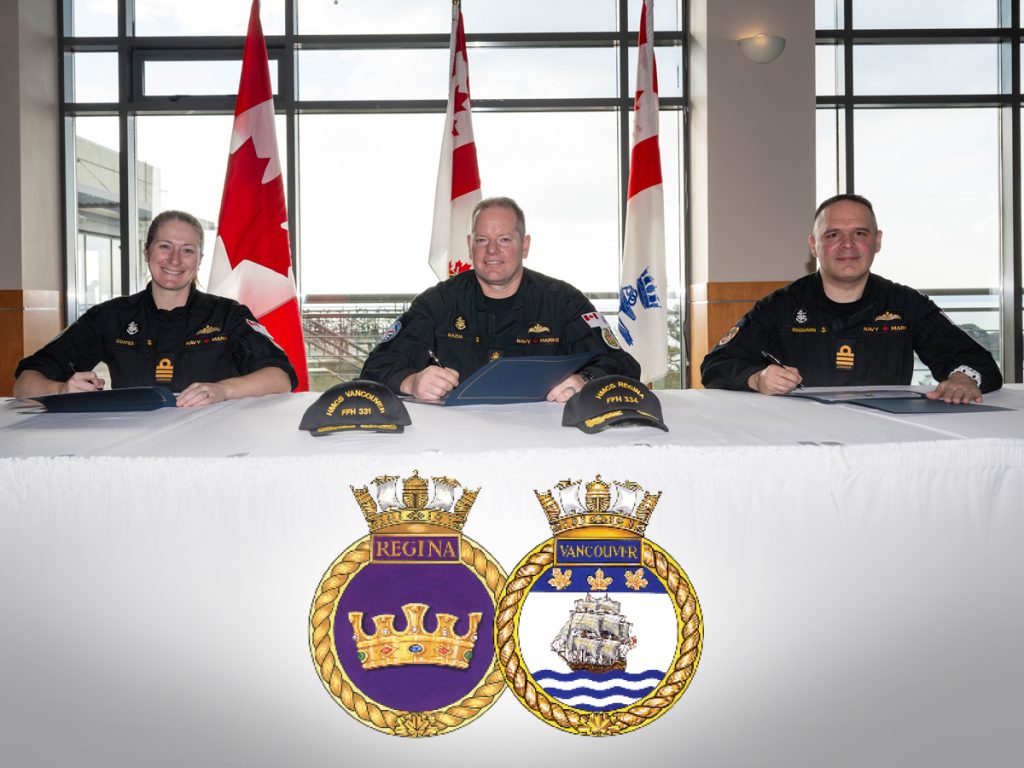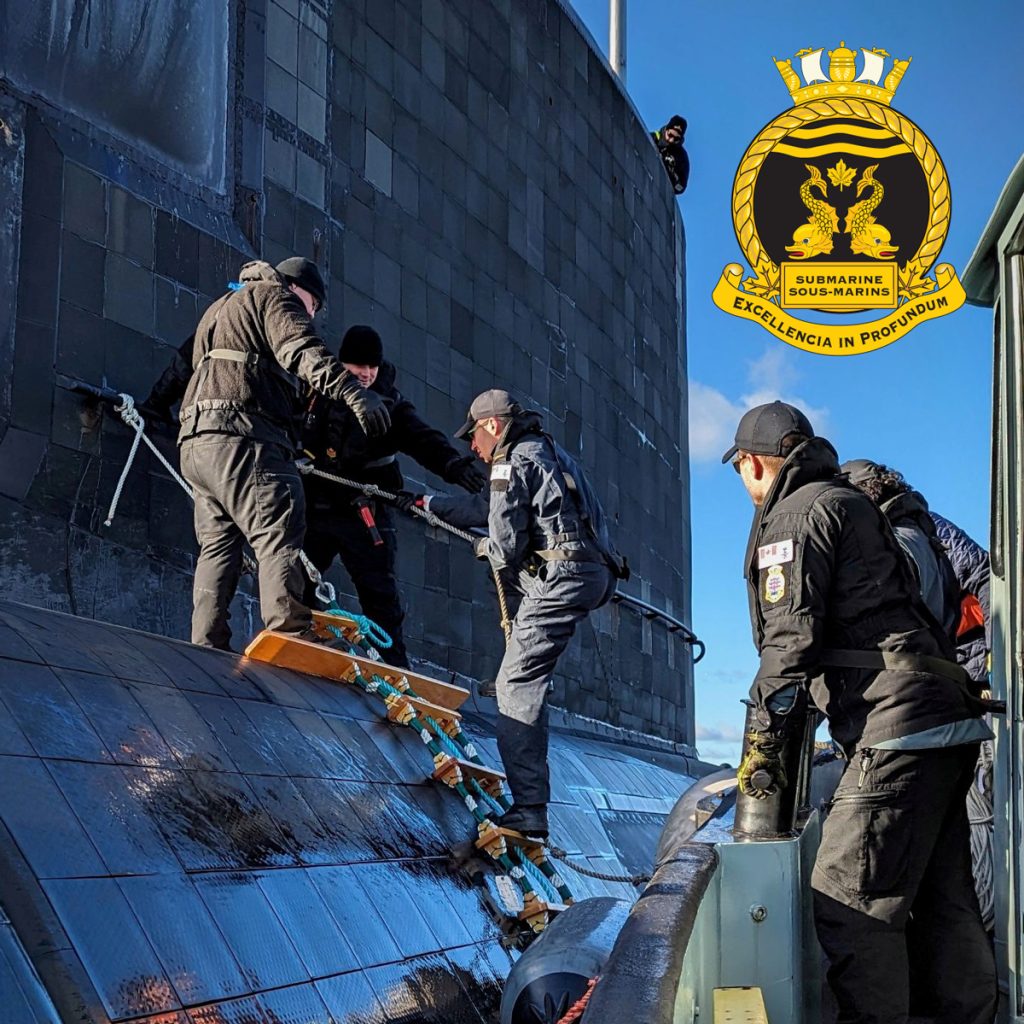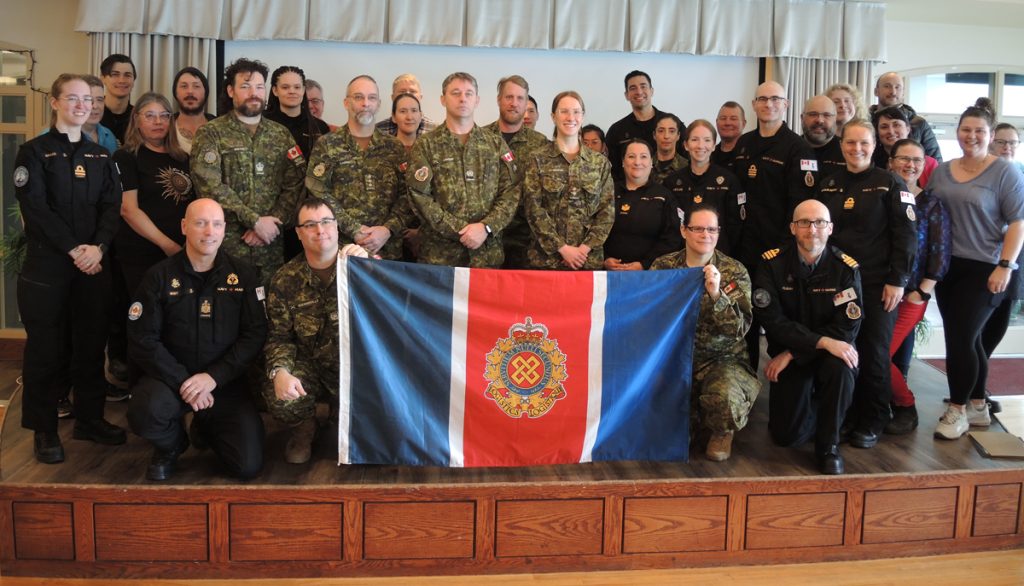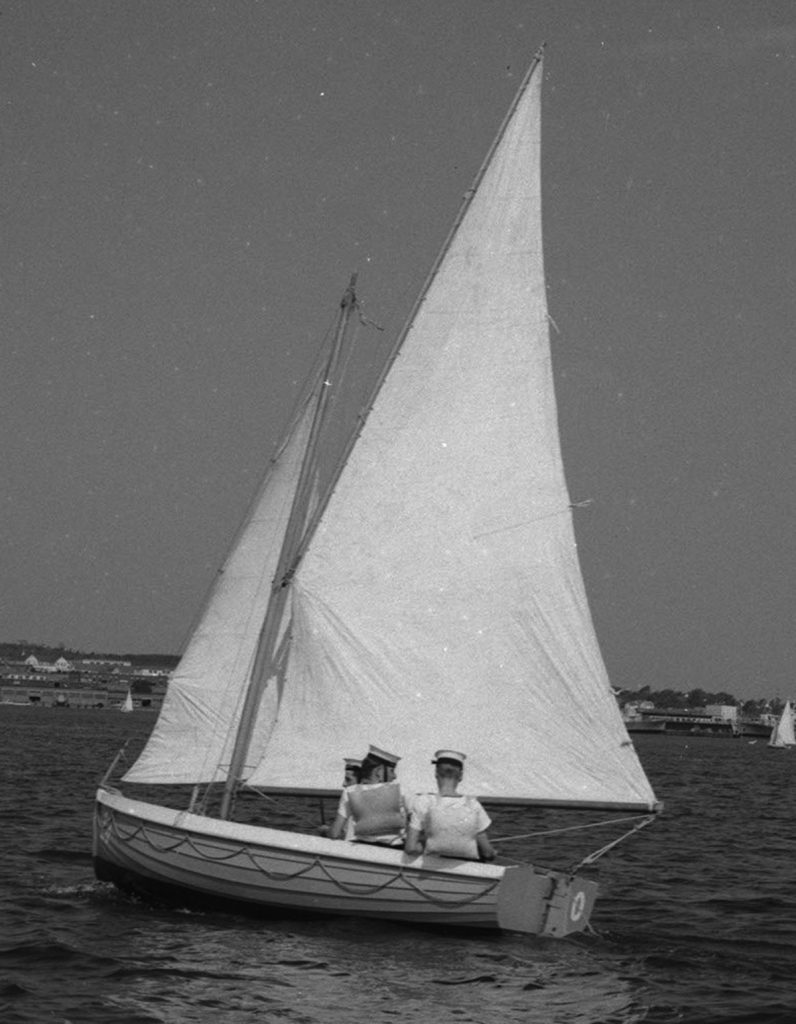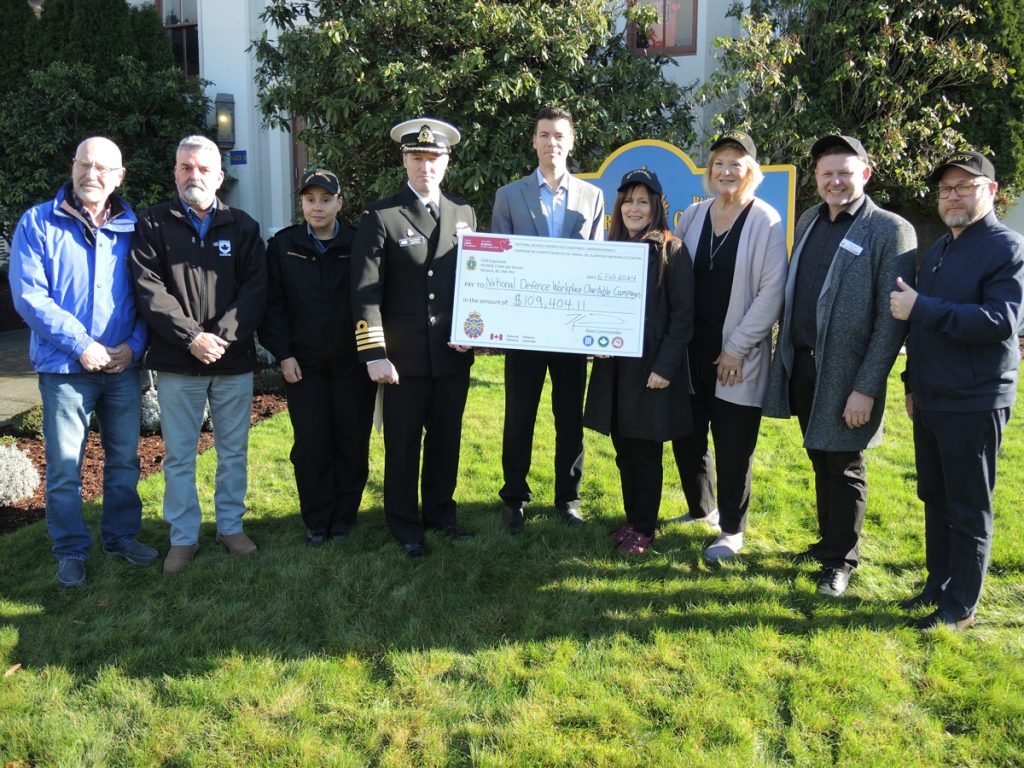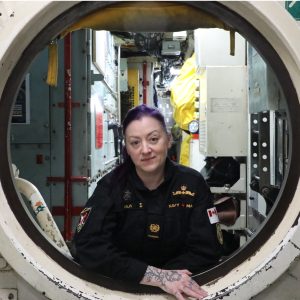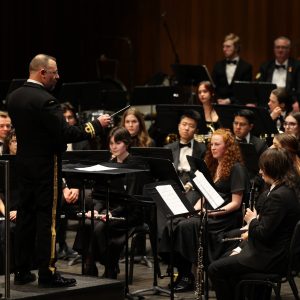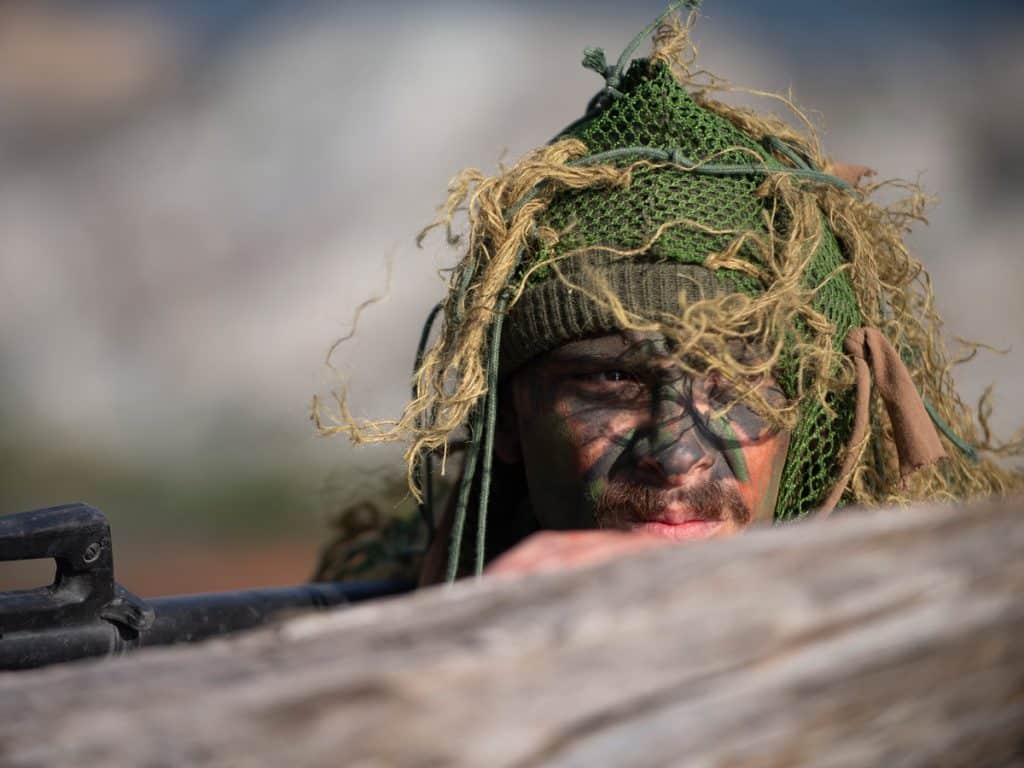
Les plongeurs de combat retournent dans les eaux de Metchosin
[caption id="attachment_34418" align="aligncenter" width="595"] Le sapeur Carter Marcotte, du génie de combat de l’Armée canadienne, participe à une reconnaissance du site d’atterrissage avec les plongeurs de combat de l’OTAN. Photo : l’aviateur Conor R.G. Munn Matelot-chef Valerie LeClair, Services d’imagerie des FMAR(P)[/caption] Peter Mallett, Rédacteur — Après une interruption de quatre ans, l’exercice Roguish Buoy est revenu à Metchosin le 29 janvier pour deux semaines, permettant à 65 Army Combat Divers du Canada et du monde entier de mettre à l’épreuve leurs compétences en matière de travail d’équipe. Travailler dans les marées et les courants du détroit de Juan de Fuca a apporté une nouvelle dynamique, car les plongeurs de combat travaillent normalement dans les voies navigables intérieures et les étendues d’eau douce, a déclaré le Lieutenant-colonel (Lcol) Cindy Legarie, commandant de l’École du génie militaire des Forces canadiennes (EGMFC). “C’était un peu comme être un poisson hors de l’eau douce et vraiment quelque chose de différent”, a déclaré le Lcol Legarie. “Mais nos objectifs ont été atteints et les plongeurs canadiens et les équipes de l’OTAN se sont intégrés de manière fantastique. Les plongeurs de combat sont des ingénieurs de combat de métier, regroupés au sein d’équipes chargées de missions spécifiques. Une partie de leur rôle consiste à mener des opérations de reconnaissance sur les traversées de rivières et les ponts, et à dégager les obstacles sous-marins pour aider à maintenir la mobilité des forces amies. Le thème de l’exercice de cette année était le soutien à la mobilité. Une grande partie de l’entraînement consistait à surveiller une jetée au large de Metchosin et à rendre les plages et les rivages sûrs pour les équipes de débarquement. Le capitaine Alexander Scott, officier responsable de l’escadron tactique du Centre de plongée de l’armée de terre et coordonnateur de l’exercice, explique que l’objectif général était d’améliorer l’interopérabilité, de...

